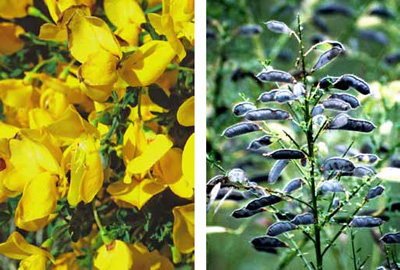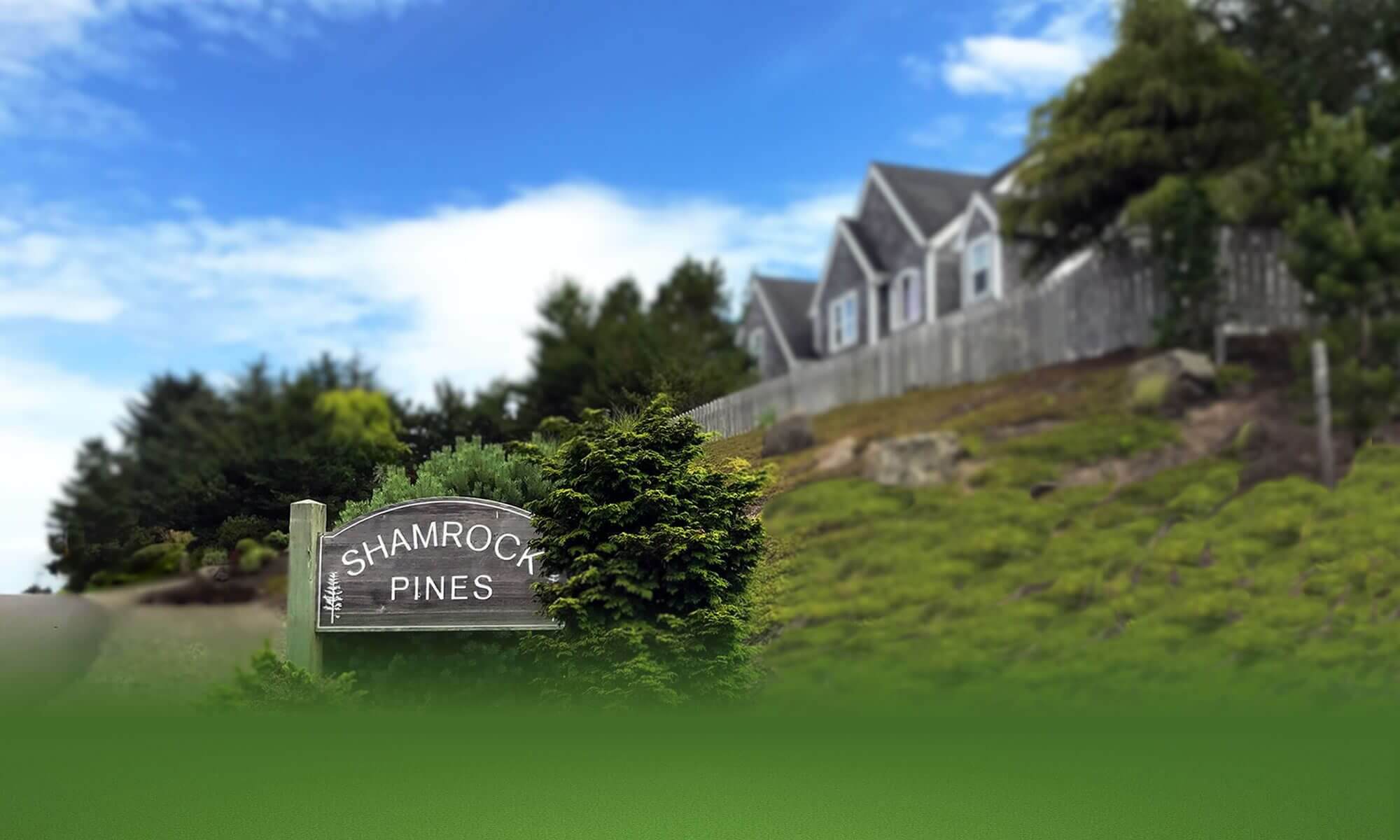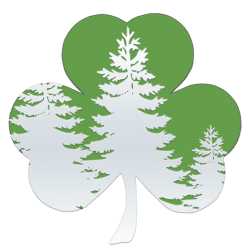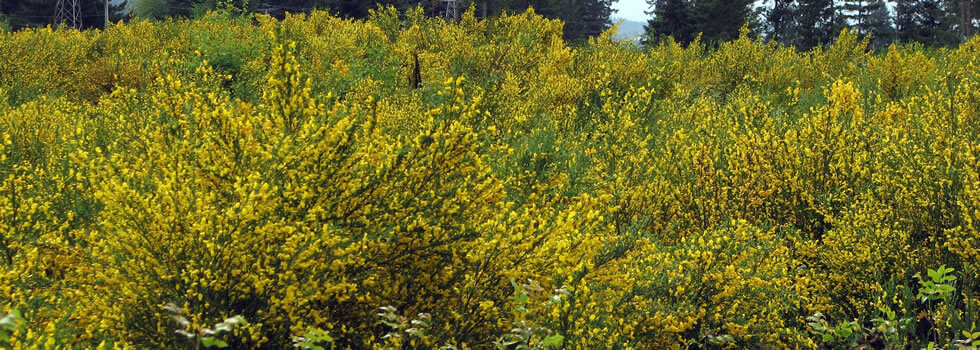Scotch Broom is an invasive species that was eradicated (as much as possible) within the Shamrock Pines HOA. Unfortunately there is still plenty of it in the surrounding areas which allows seedlings to return.
Removing scotch broom from our development was a costly but necessary expense. We have asked our HOA’s landscaper to remove any his crew finds in the public areas. If you find scotch broom on your property please use these recommended control methods as soon as possible.
Basically it should not be dug out, but cut just below ground level and the materials taken away before it goes to seed. Its yellow flowers are easy to spot and appear as a ground cover initially. Of course it’s much easier to remove when it is small.
As you can see in areas outside of our development, if Scotch Broom is left to grow it will invade and overtake your landscape very quickly.
The following is a reprint of an article on the topic posted by our friends at the North Coast Land Conservancy:
It’s hard not to notice all of the Scotch broom invading the north coast this time of year when the yellow flowers conspicuously dot the landscape.
We now refer to the month of May as Broom Buster month, and during this time we are working (extra!) hard to cut back the Scotch broom on NCLC properties. Do you have Scotch broom on your own property? Are you wondering about ways to get rid of the broom in your back yard?

Small infestations can be effectively treated with basic hand tools (and a lot of dedication). Scotch broom plants produce prolific seeds that are extremely long-lived, so if you have mature plants in your yard you are certain to have a good crop of seeds waiting eagerly for some bare soil and disturbance. For this reason, using a weed wrench to pull-out mature plants or a shovel to dig out large plants, can actually do more harm than good. The one big plant you kill by ripping it out of the soil, makes great habitat for 50 young broomlings to take its place. A more effective (and easier) way to get rid of a mature Scotch broom plant is to simply cut it (with loppers, hand saw, or chain saw depending on size) below the photosynthetic stem (where the stem is at or below ground level, and brown not green). If you cut it too high on the stem, the plant will continue to photosynthesize and will just resprout from the existing stem. If you cut the stem down low enough, however, the plant will not resprout and the ground will remain undisturbed.
For more information on Scotch broom control in the Pacific Northwest, click here.
To see what activities we have planned in May this year during Broom Buster Month, check out the Stewardship Events section of our website.
Thank you for helping us get rid of Scotch broom on the Oregon Coast!
Content provided with thanks to the North Coast Nature Conservancy.




